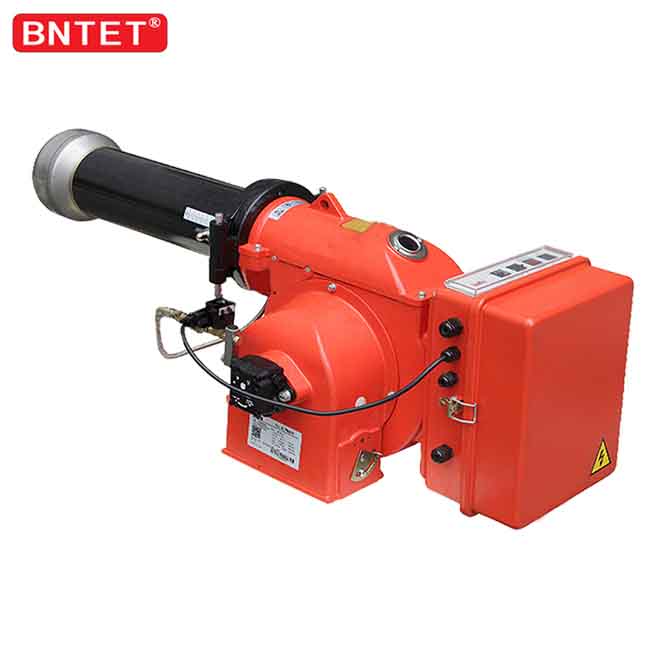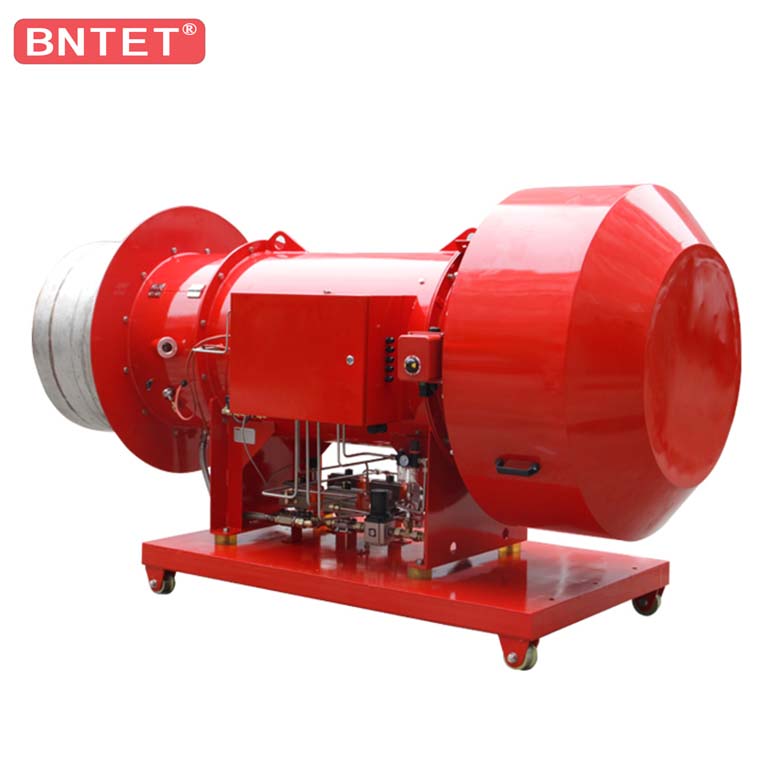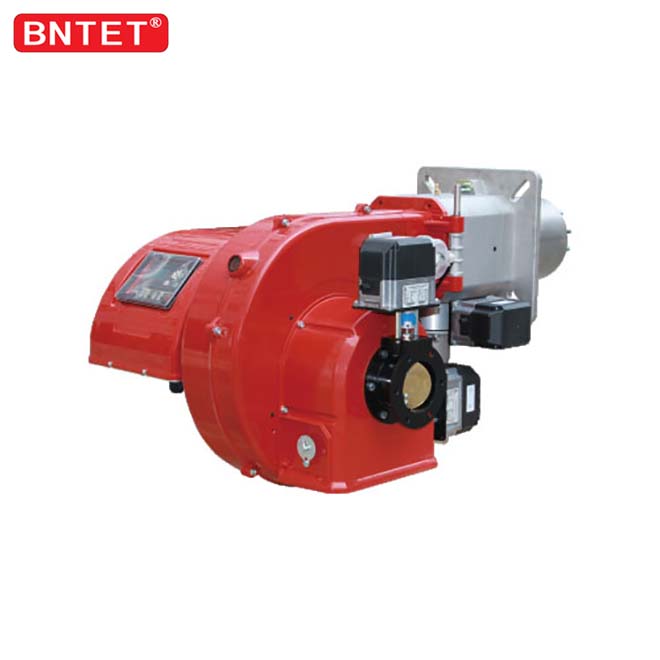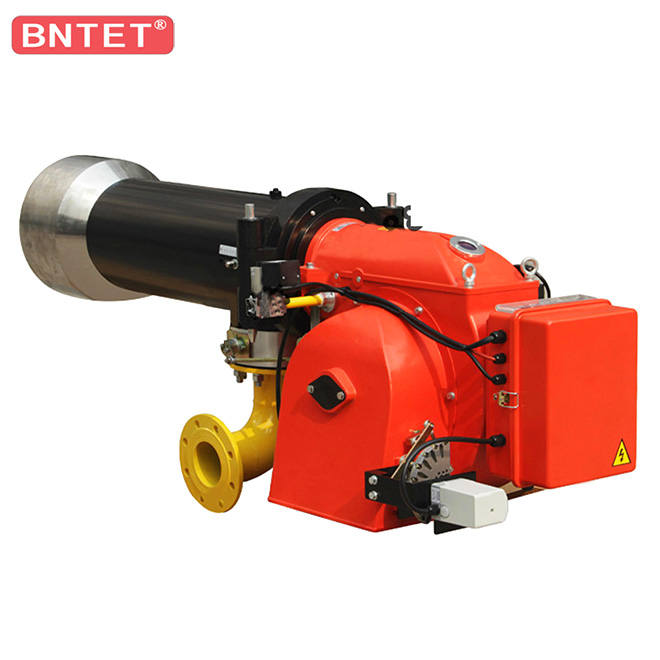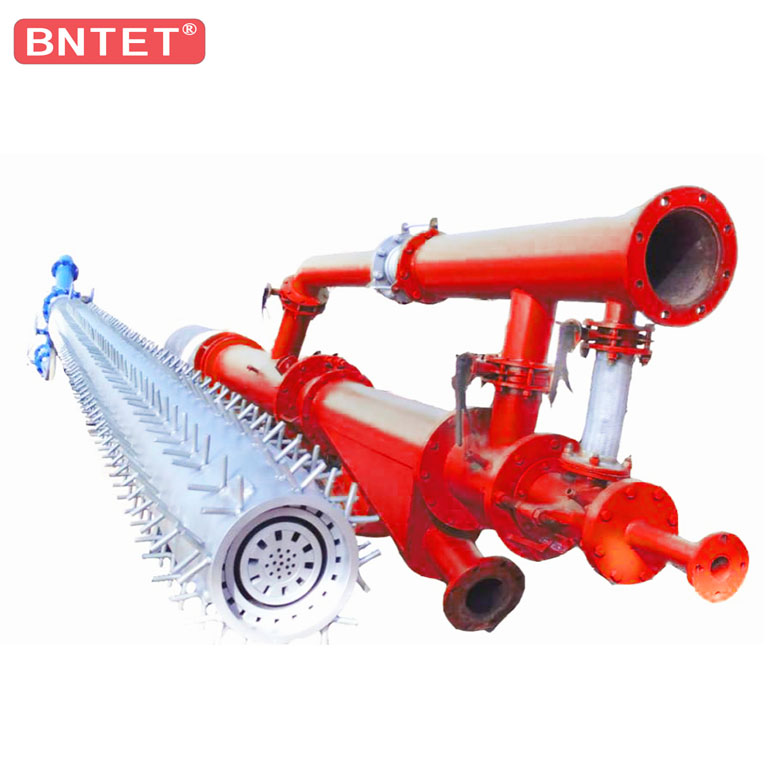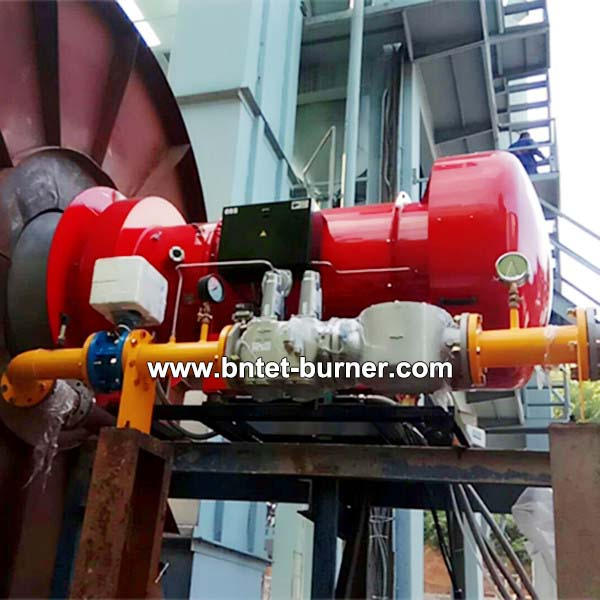
The development of automatic control burners has formed a series such as light oil engines, heavy oil engines, gas engines, and oil and gas dual-purpose engines. Reasonable selection and maintenance of burners can save a lot of money and extend the life of the combustion system. In recent years, in the face of reduced profits caused by rising oil prices, many asphalt mixing plant businesses have begun to look for suitable alternative fuels to improve their competitiveness. Due to the special factors of the working conditions and the site of use, road construction machinery has always focused on the use of oil-based burners. In the past few years, light oil was used as the main fuel. However, due to the continuous increase in the price of light oil, the cost has increased rapidly. In recent years, most of the heavy oil burners have been used.
While the demand for fuel is changing, the quality requirements for burners are getting higher and higher. Good ignition performance, efficient combustion efficiency, and wider adjustment ratio are often the goals pursued by construction units. However, there are many burner manufacturers and different brands, and only the right choice can meet the above requirements.
Selection of different types of burners
1. The burner is divided into pressure atomization, medium atomization and rotary cup atomization according to the atomization method
(1) Pressure atomization is a high-pressure pump that delivers fuel to the nozzle for atomization and then mixes and burns with oxygen. It is characterized by uniform atomization, simple work, less consumables, and lower cost. At present, most road construction machinery All use this type of atomization.
(2) The medium atomization is premixed with the fuel through 5-8kg compressed air or pressurized vapor pressure to the periphery of the nozzle and the fuel is premixed, and it is characterized by low fuel requirements (such as residual oil and other poor oil products), but There are more consumables and higher costs. At present, the road construction machinery industry uses fewer models of this type.
(3) Rotary cup atomization is to remove the fuel from the atomization through a high-speed rotating cup disk (about 6000 rpm). It can burn poor oils, such as high-viscosity residual oil. But the model is expensive, and the turntable is easy to wear, which requires high debugging. At present, the road construction machinery industry basically does not use this type of machine.
2. The burner can be divided into an integrated gun type and a split gun type according to the machine structure
(1) The all-in-one gun machine is a combination of fan motor, oil pump, chassis and other control elements. It is characterized by small size and small adjustment ratio, generally 1:2.5. It uses high-voltage electronic ignition system and has low cost. High requirements for fuel quality and environment. Equipment with a discharge below 120t/h and using diesel as fuel can choose this model, such as the German "Weissot".
(2) The split gun machine divides the main engine, fan, oil pump unit, and control components into four independent mechanisms. It is characterized by large volume, large output power, gas ignition system is mostly used, and the adjustment is relatively large, generally 1:4~1:6, even up to 1:10, low noise, low fuel quality and environmental requirements. Road construction industries at home and abroad often use this type of model, such as the British "Parker", the Japanese "Tanaka", and the Italian "ABS".
3. The structure of the burner
Automatic control burners can be divided into air supply system, fuel supply system, control system and combustion system.
(1) Air supply system
To completely burn the fuel, sufficient oxygen must be provided. Different fuels have different air volume requirements. For example, 15.7m3/h of air must be distributed for each kilogram of oil to be completely burned under the standard pressure of No. 0 diesel. To completely burn heavy oil with a calorific value of 9550Kcal/Kg, 15m3/h of air must be distributed.
(2) The fuel supply system must provide reasonable combustion space and mixing space for complete combustion of fuel. Fuel delivery methods can be divided into high pressure delivery and low pressure delivery. Among them, the pressure atomizing burner adopts the high pressure conveying method, and the pressure requirement is 15-28bar. Rotary cup atomizing burner adopts low pressure conveying mode, and the pressure requirement is 5~8bar. At present, the fuel supply system in the road construction machinery industry mostly adopts high-pressure transportation.
(3) Control system The road construction machinery industry chooses burners with mechanical control and proportional adjustment due to the particularity of its operating conditions.
(4) Combustion system The flame shape and combustion completely depend on the combustion system. The flame diameter of the burner is generally required to be no more than 1.6m, and the adjustment is better, generally set to about 1:4 to 1:6. If the flame diameter is too large, it will cause serious carbon deposits on the furnace barrel. A too long flame will cause the exhaust gas temperature to exceed the standard and damage the dust collection bag. It will also scorch the material or make the material curtain full of oil. Take the 2000 type mixing station of our unit as an example: the diameter of the drying cylinder is 2.2m and the length is 7.7m. The maximum flame diameter cannot be greater than 1.5m, and the flame length is preferably adjustable within 2.5~4.5m.



